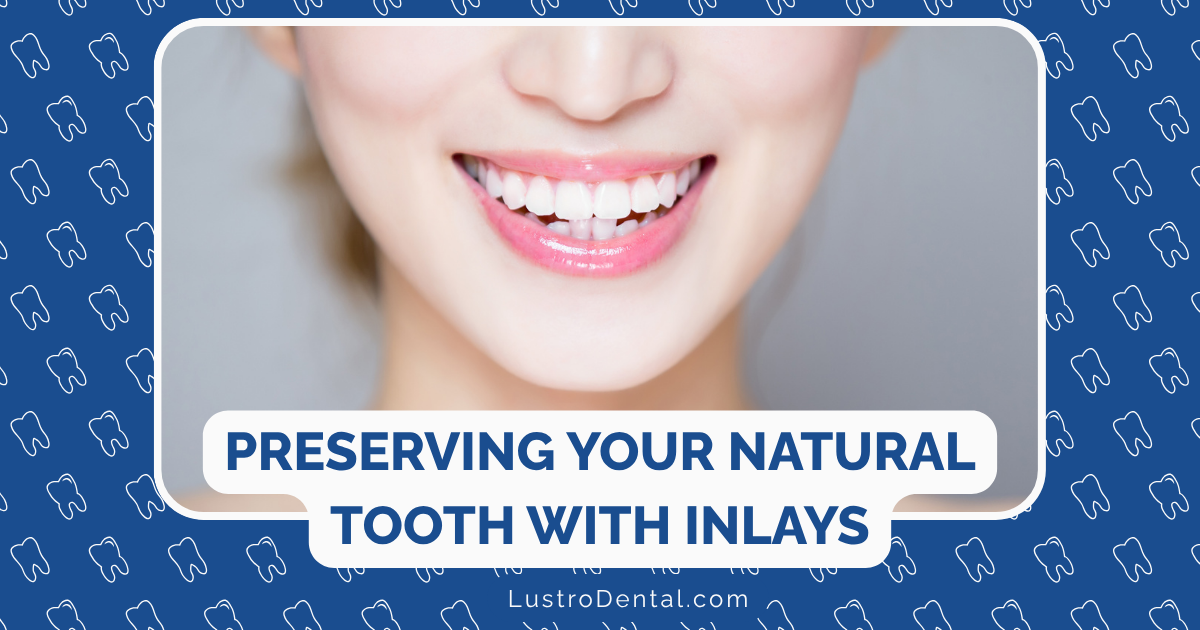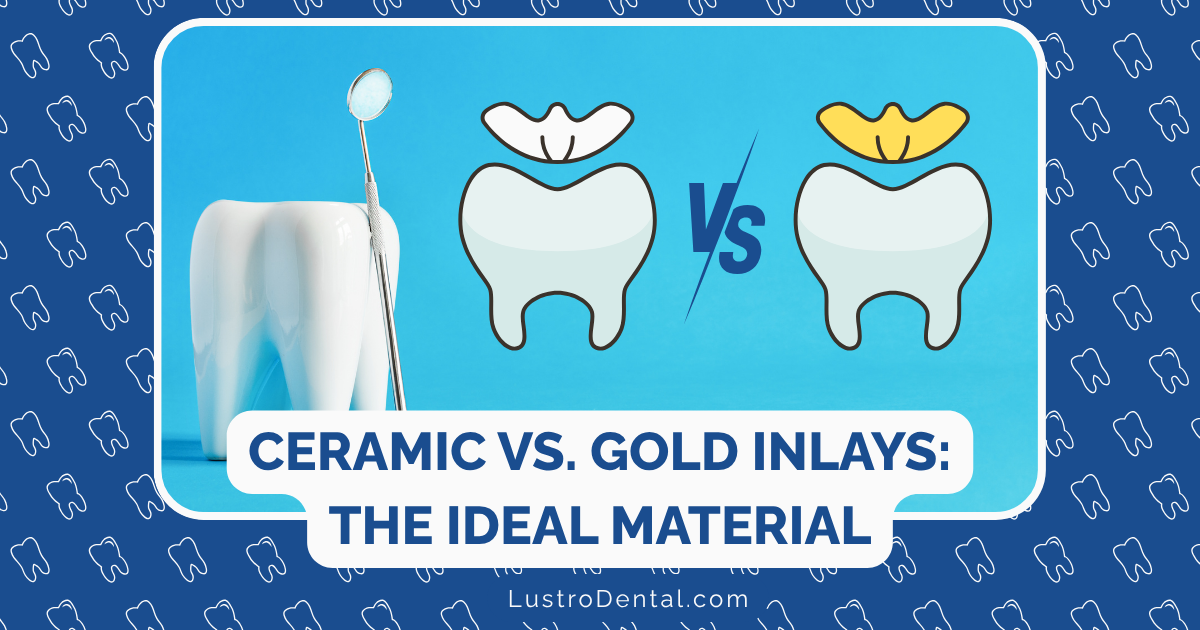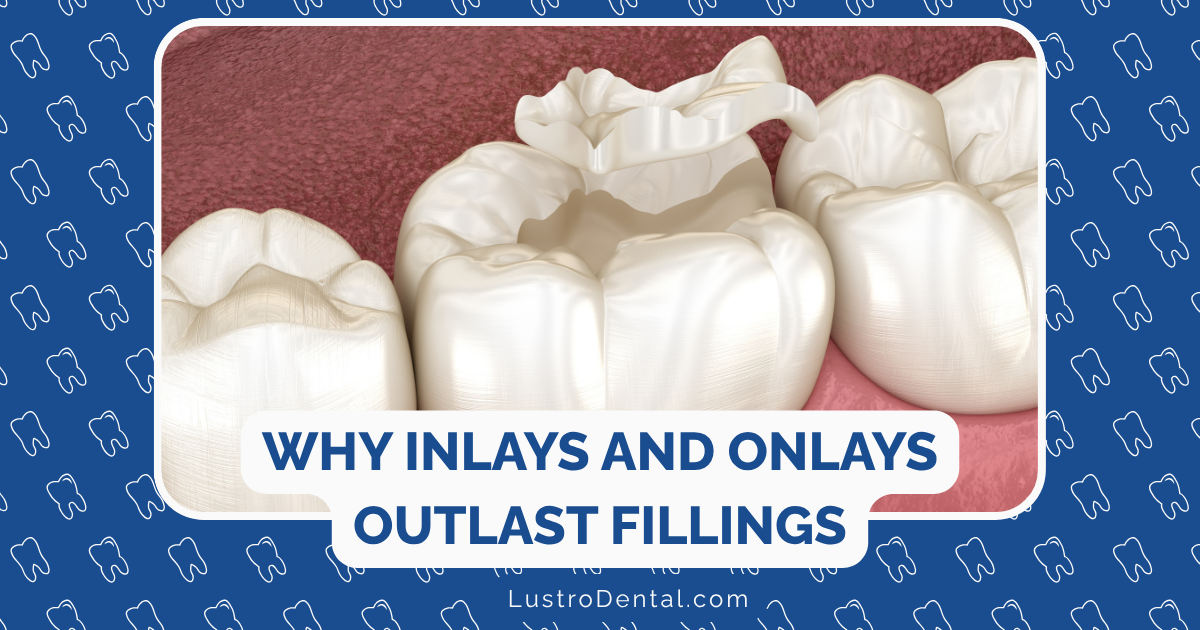Preparing for Your Crown Procedure: What to Expect With Modern Techniques

If you’ve been told you need a dental crown, you might be picturing multiple appointments, messy impressions that make you gag, temporary crowns that fall off at inconvenient times, and a weeks-long wait for your permanent restoration. While that was once the standard experience, modern dental techniques have transformed the crown procedure into something far more convenient and comfortable.
As someone who’s guided many patients through this process, I understand the questions and concerns you might have. This guide will walk you through what to expect with today’s crown procedures, highlighting how technological advances have improved the experience from start to finish.
Understanding Modern Dental Crowns: The Basics
Before diving into the procedure itself, let’s clarify what today’s dental crowns are all about:
What is a Dental Crown?
A dental crown is a tooth-shaped “cap” placed over a damaged or weakened tooth to restore its shape, size, strength, and appearance. Crowns fully encase the visible portion of your tooth above the gumline.
According to the American Dental Association, crowns are recommended when:
- A tooth is weakened by decay or large fillings
- A tooth is cracked or worn down
- A tooth has had root canal treatment
- You need to cover a dental implant
- You want to improve a tooth’s appearance
Modern Crown Materials
Today’s crowns are typically made from:
- Zirconia: Exceptionally strong and natural-looking
- Lithium disilicate (e.max®): Excellent aesthetics with good strength
- Porcelain-fused-to-metal (PFM): Traditional option with metal core and porcelain exterior
- All-ceramic: Highly aesthetic for front teeth
- Composite resin: Usually for temporary crowns
Dr. Sarah Johnson, a prosthodontist at the American College of Prosthodontists, explains: “The evolution of dental materials has been remarkable. Today’s zirconia and lithium disilicate crowns offer strength comparable to traditional metal crowns but with aesthetics that make them virtually indistinguishable from natural teeth.”
The Traditional vs. Modern Crown Process: A Comparison
To appreciate how far crown procedures have come, let’s compare the traditional approach with today’s modern techniques:
Traditional Crown Process (Still Used in Some Practices)
First Appointment:
- Examination and X-rays
- Numbing the tooth and surrounding area
- Preparing the tooth (removing decay and shaping)
- Taking physical impressions using putty material
- Placing a temporary crown
- Sending impressions to a dental laboratory
Waiting Period: 2-3 weeks while the lab fabricates your crown
Second Appointment:
- Removing the temporary crown
- Checking the fit and appearance of the permanent crown
- Cementing the permanent crown in place
Modern Same-Day Crown Process
Single Appointment:
- Examination and X-rays
- Numbing the tooth and surrounding area
- Preparing the tooth (often more conservatively)
- Taking digital impressions using an intraoral scanner
- Designing your crown using CAD/CAM software
- Milling or 3D printing your crown in-office
- Finalizing and placing your permanent crown
Total time: Approximately 2 hours from start to finish
Dr. Michael Chen of Digital Dentistry Today notes: “The shift to same-day crowns represents one of the most significant advances in restorative dentistry. Patients are amazed that we can deliver a permanent, high-quality restoration in just one visit.”
Preparing for Your Crown Appointment: What to Do Beforehand
Whether you’re having a traditional or same-day crown, these steps will help ensure a smooth experience:
Before Your Appointment
- Confirm your insurance coverage: Verify what portion of the procedure your dental insurance will cover. Most plans cover about 50-70% of crown procedures, but this varies widely.
- Take prescribed medications as usual: Unless specifically instructed otherwise by your dentist, continue your regular medications.
- Eat before your appointment: You may experience numbness for several hours after the procedure, making eating difficult.
- Arrange transportation if needed: If you’re anxious about the procedure and will be using sedation beyond local anesthetic, arrange for someone to drive you home.
- Prepare questions: Write down any questions or concerns you have about the procedure, aftercare, or expected outcomes.
The Modern Crown Procedure: A Step-by-Step Walkthrough
Let’s explore what happens during a crown procedure using today’s advanced techniques:
1. Comprehensive Examination
Your dentist will begin with a thorough examination of the tooth needing the crown, often including:
- Digital X-rays to assess the tooth’s root and surrounding bone
- Intraoral photos to document the current condition
- Evaluation of your bite and adjacent teeth
This information helps determine the best approach for your specific situation.
2. Treatment Planning and Material Selection
Modern dentistry emphasizes shared decision-making. Your dentist will discuss:
- The most appropriate material for your crown based on the tooth’s location, your aesthetic goals, and functional needs
- Whether a same-day crown is suitable for your case
- Any additional procedures needed before crown placement (such as buildup or root canal therapy)
3. Tooth Preparation
Once you’re comfortable and the area is numb:
- Your dentist will remove any decay or damaged portions of the tooth
- The tooth will be shaped to accommodate the crown
- If significant tooth structure is missing, a buildup material may be added to provide adequate support
Modern preparation techniques are typically more conservative than traditional approaches, preserving more of your natural tooth structure.
According to research published in the Journal of Prosthetic Dentistry, digital design workflows allow for 15-30% more conservative preparations compared to traditional methods.
4. Digital Impressions
Instead of traditional putty impressions that can be uncomfortable and induce gagging, modern practices use digital scanning technology:
- A small intraoral scanner (about the size of an electric toothbrush) captures thousands of images of your teeth
- These images are instantly assembled into a precise 3D model on a computer screen
- You can actually see your teeth on the monitor during this process
- The entire scan typically takes just 2-3 minutes
Dr. Lisa Rodriguez, a technology-focused dentist, explains: “Digital impressions are not only more comfortable for patients but actually more accurate than traditional methods. The precision translates to better-fitting crowns with fewer adjustments needed.”
5. Crown Design (CAD/CAM)
If you’re receiving a same-day crown, you’ll witness the design process in real-time:
- Your dentist uses specialized software to design your crown on the 3D model
- The software analyzes your bite and suggests the optimal crown design
- Your dentist can customize the shape, contours, and shade to match your natural teeth
- You may even have input on certain aesthetic aspects of your crown
6. Crown Fabrication
For same-day crowns:
- The design data is sent to an in-office milling machine or 3D printer
- A block of ceramic material in the shade matching your teeth is placed in the machine
- The crown is precisely carved or printed according to the digital design
- This process typically takes 15-20 minutes
- After milling, the crown may be stained, glazed, and fired in a special oven to achieve the final appearance
For traditional crowns:
- The digital or physical impression is sent to a dental laboratory
- Skilled technicians fabricate your crown over 1-3 weeks
- A temporary crown is placed to protect your tooth in the meantime
7. Crown Placement
Once your crown is ready:
- It’s checked on your tooth for proper fit, bite relationship, and appearance
- Minor adjustments may be made if necessary
- The inside of the crown is treated with a special solution to enhance bonding
- Your tooth is cleaned and prepared for cementation
- The crown is securely bonded to your tooth using dental cement
- Excess cement is carefully removed
- Your bite is checked again to ensure comfort
Recovery and Aftercare: What to Expect
Modern crown procedures typically involve minimal recovery time:
Immediate Aftercare (First 24 Hours)
- Numbness: Local anesthesia will wear off within 2-4 hours
- Sensitivity: Mild sensitivity to temperature is normal and usually subsides within a few days
- Bite adjustment: Your crown may feel slightly “high” initially as your bite adjusts
- Eating: Avoid sticky or hard foods for the first 24 hours
- Oral hygiene: Brush gently around the crown area
Long-term Crown Care
- Regular brushing and flossing: Clean around your crown just like your natural teeth
- Avoid excessive force: Don’t use your teeth as tools or bite extremely hard objects
- Regular dental checkups: Allow your dentist to monitor the condition of your crown
- Night guard if needed: If you grind your teeth, a night guard can protect your crown and natural teeth
Advantages of Modern Crown Techniques
Today’s crown procedures offer significant benefits over traditional approaches:
Time Efficiency
Same-day crowns eliminate the need for multiple appointments and temporary crowns, saving you time and hassle. According to a 2024 patient satisfaction survey, 94% of patients preferred the single-visit approach over traditional two-visit procedures.
Improved Comfort
Digital impressions eliminate the discomfort associated with traditional impression materials. For many patients—especially those with strong gag reflexes—this improvement alone makes the modern approach worth it.
Conservative Tooth Preparation
Digital design allows for more precise and minimal tooth reduction, preserving more of your natural tooth structure. This conservative approach supports better long-term tooth health.
Enhanced Aesthetics
Modern materials and fabrication techniques create crowns that are virtually indistinguishable from natural teeth. The digital workflow allows for precise color matching and natural contours.
Elimination of Temporary Crowns
Temporary crowns can be problematic—they may fall off, feel uncomfortable, or look unnatural. Same-day procedures eliminate this interim step entirely.
Potential Concerns and How They’re Addressed
Despite the advances in crown technology, some concerns may remain:
Pain Management
Modern dental anesthetics are highly effective, making the procedure itself virtually painless. For anxious patients, additional options may include:
- Nitrous oxide (laughing gas) for relaxation
- Oral sedation for higher anxiety levels
- Music or videos for distraction during treatment
Cost Considerations
Same-day crowns may have a slightly higher fee than traditional crowns in some practices, but when you factor in the saved time and elimination of temporary crowns, many patients find the value compelling.
According to the American Dental Association’s 2025 Survey of Dental Fees, the national average cost for a crown ranges from $1,000 to $1,500 depending on material and location. Most dental insurance plans cover about 50-70% of this cost after deductibles.
Durability Concerns
Some patients wonder if same-day crowns are as durable as laboratory-fabricated ones. Research published in the Journal of the American Dental Association shows that CAD/CAM crowns have comparable longevity to traditional crowns, with 5-year success rates exceeding 95% for both.
Special Considerations for Different Types of Crowns
Your experience may vary slightly depending on the type of crown you’re receiving:
Front Tooth Crowns
For highly visible front teeth, additional steps may include:
- More detailed shade matching using specialized photography
- Possible custom characterization to match the translucency and subtle color variations of your natural teeth
- Trial placement to verify aesthetics before final cementing
Molar Crowns
For back teeth that handle significant chewing forces:
- Material selection typically prioritizes strength (often zirconia)
- Bite analysis may be more extensive to ensure proper function
- Slightly more tooth reduction may be needed to accommodate stronger materials
Post-Root Canal Crowns
If your tooth has had root canal treatment:
- A post may be placed inside the root for additional support
- A core buildup will likely be needed to replace missing tooth structure
- The preparation and crown design will account for the more fragile nature of the tooth
Real Patient Experiences: What Others Have Shared
Hearing from others who have experienced modern crown procedures can be reassuring:
“I was amazed by how different this crown experience was compared to one I had five years ago. No goopy impressions, no temporary crown, and I was in and out in about two hours with a permanent crown that feels completely natural.” — Michael, 42
“As someone with a strong gag reflex, the digital scanner was a game-changer. I could actually breathe normally during the impressions, and the whole process was so much more comfortable.” — Sarah, 35
“I was surprised that I could watch my crown being designed on the screen. It made me feel involved in the process and confident about what was happening.” — David, 58
Questions to Ask Your Dentist Before Your Crown Procedure
To ensure you’re fully prepared, consider asking your dentist these questions:
- Do you offer same-day crown technology? If so, am I a good candidate?
- What material do you recommend for my specific situation and why?
- Will I need any additional procedures (like a buildup or root canal) before the crown?
- What can I expect in terms of sensitivity after the procedure?
- How should I care for my crown to maximize its lifespan?
- What is your approach if I experience discomfort with the bite after the crown is placed?
- What warranty do you offer on crown work?
Conclusion: Embracing Modern Crown Technology
Dental crown procedures have evolved dramatically, transforming what was once a lengthy, multi-appointment process into a streamlined, comfortable experience. Today’s digital workflows and advanced materials not only save you time but often result in better-fitting, more natural-looking, and longer-lasting restorations.
If you need a crown, discussing these modern options with your dentist can help ensure you receive the most appropriate treatment for your specific needs. With proper care, your new crown can provide years of functional and aesthetic benefits, supporting your oral health and confidence in your smile.
Remember that while technology has improved the process, the skill and experience of your dental team remain crucial factors in the success of your crown. Choosing a dentist who stays current with advanced techniques and materials will help ensure the best possible outcome.
Have you experienced a modern crown procedure? We’d love to hear about your experience in the comments below!







